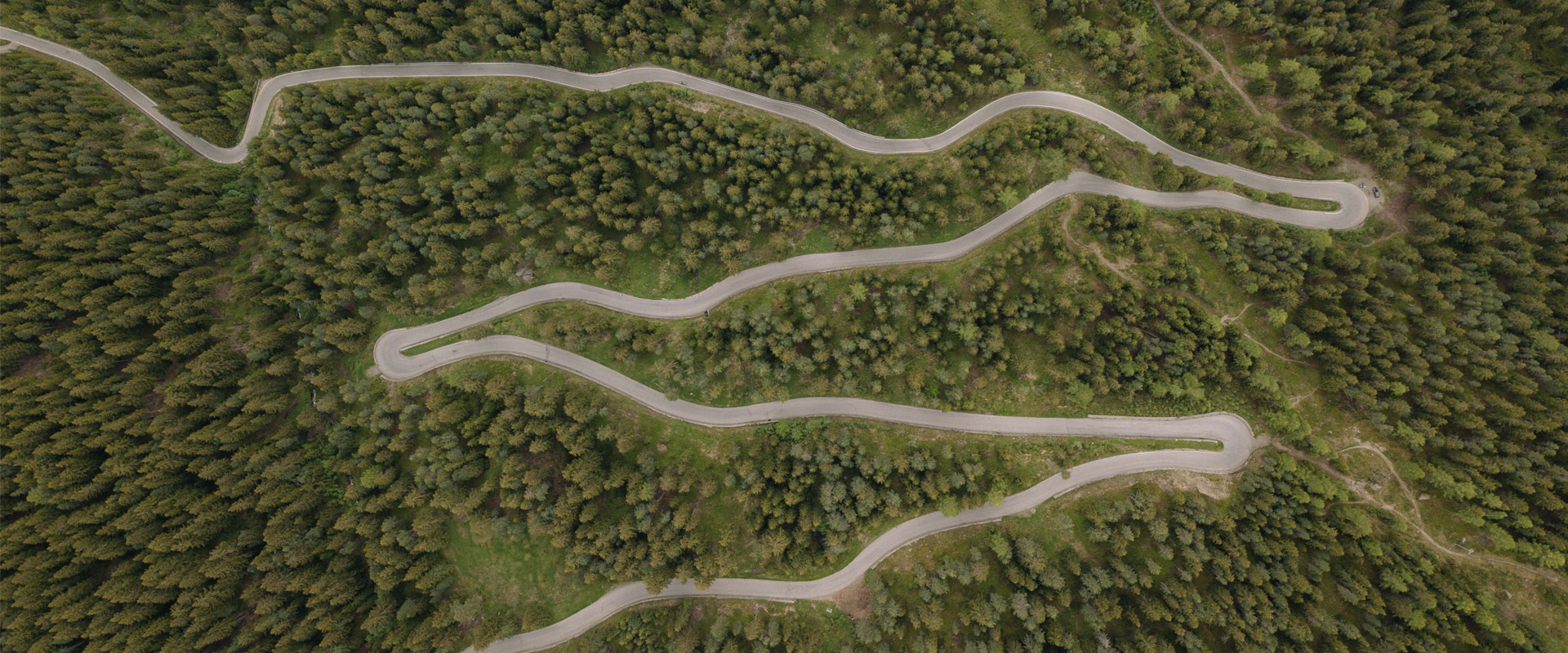
The Sigma Sports Guide to Cycle Clothing Fit For Climbing
What to wear when every gram counts
Whether it be conquering a long Alpine ascent for the first time, or hitting a new PB on your local hill, climbing is one of the most rewarding disciplines that cycling has to offer.
The combination of a tough gradient, a desire for speed and potentially changeable temperatures, however, can also make it one of the trickiest to dress for.
In cycling, breathable kit is always important, but on the climbs it becomes absolutely crucial. If you're gaining altitude, you'll inevitably be working harder than you would on the flat, causing your core temperature to rise. You’re also going to be moving slower which robs you of the cooling airflow that you'd enjoy while cruising along at 30kph.
This means that your outfit needs to be versatile, made up of some quality pieces that you can rely on in a range of situations.
As always with cycling, good climbing kit begins with a great base layer - get this bit right and you're well on your way to climbing in comfort. Base layers are designed to sit close against the skin and use a range of technical fabrics to wick away sweat and keep you cool.
The Castelli Core Mesh 3 Sleeveless Base Layer is a great choice here. This piece is super minimal in construction to aid cooling and weighs just 71 grams.
When it comes to the rest of your outfit, you'll want to stick to those fundamentals of low weight and breathability. Your bib shorts are a great example. A poor quality pair of bib shorts will be made from cheaper, heavier materials that may hang on to excess heat, or use a basic seat pad that doesn't allow for enough ventilation.
It's also worth looking at the bib straps - the more minimal the better, as they will prevent your upper body from overheating.
If you're looking for the ultimate pair of climbing bibs, you will struggle to find better than the Castelli Inferno Bib Shorts. These are shorts designed for the hottest of Grand Tour mountain stages, featuring perforated side panels and mesh Giro Air leg bands to encourage airflow through the shorts. The Progetto X2 Air seat pad, meanwhile, uses a perforated foam to keep weight to an absolute minimum whilst providing ample ventilation.
When considering your jersey, look for those featuring a mesh construction. This is both the lightest method and the one that allows for the best airflow. They are becoming a rarity now, but steer clear of jerseys with zips that extend only halfway down - when the heat is seriously rising, you might want to unzip the jersey entirely for maximum ventilation.
Castelli's Climbers 2.0 Jersey is a classic in this sector. Made from a featherlight mesh, this jersey boasts the lightest fabric and highest airflow of any Castelli jersey.
However, getting your outfit right on a big climbing day is more complicated than just picking out the skimpiest bibs and jersey you can find. If you're climbing anything above a few hundred metres then it's highly likely that the temperature will be very different at the top than it is at the bottom.
You need to have the clothing options handy to deal with that temperature drop, and what's more, the chilly descent after the climb. Your first port of call should be a pair of light arm warmers and a windproof gilet - essential pieces that will keep you descending in comfort.
For many riders, the first port of call when looking to speed up their climbing might be a new carbon wheelset or an upgrade to the latest lightweight frame. However, there are other opportunities out there to cut down on weight; options that come in at a range of price points.
Your shoes, for instance, are a place often overlooked when it comes to shaving grams at a price lower than a new set of carbon hoops. The most important consideration here is finding a brand that fits you comfortably - beyond this though, you can start looking at lightweight options with more technical performance benefits. It's worth being aware of the outsole as well - a stiff carbon sole will help transfer your climbing power much more efficiently than other materials.
For the holy grail of lightweight climbing shoes, it is hard to look past the Mavic Comete Ultimates. These come into their own in hot conditions when combined with the Mavic Comete Hot Ride Booties.
But there are also plenty of other options out there at more accessible prices. The Giro Prolight Techlace Road Shoes, for example, weigh just 150 grams per shoe and offer a very stiff composite outsole.
If you're going to be riding in seriously hot or humid conditions, then it's also worth considering shoes designed specifically with ventilation in mind. The Giro Empire E70 Knit Road Shoes, for example, have been made with an Xnetic™ Knit fabric that makes for a remarkably breathable shoe, allowing you to climb in comfort even when the heat is on.
Helmets are another place where a smart upgrade could yield some climbing benefits. Most brands now offer a climbing-specific option with an emphasis on reduced weight and increased ventilation - look out for models that have a plenty of air vents positioned across the brow, which allow air to pass through and keep your head cool.
The Kask Valegro is a good example - this helmet boasts 36 air vents and weighs only 180 grams, and is the helmet of choice for Team Sky on the hottest days of the Tour de France.
Nothing beats the feeling of conquering a tough mountain col - but likewise, there is nothing worse than suffering on the slopes in conditions you were unprepared for.
Get your kit options right, however, and you’ll be able to climb faster, easier and more comfortably.

















